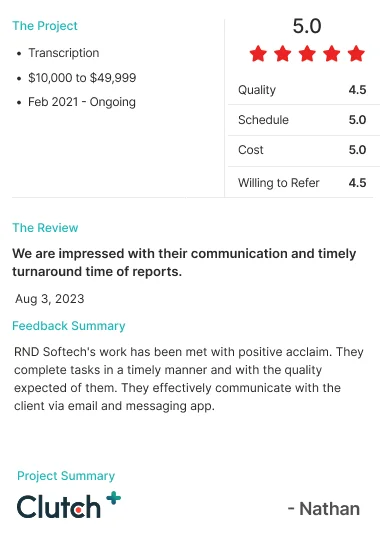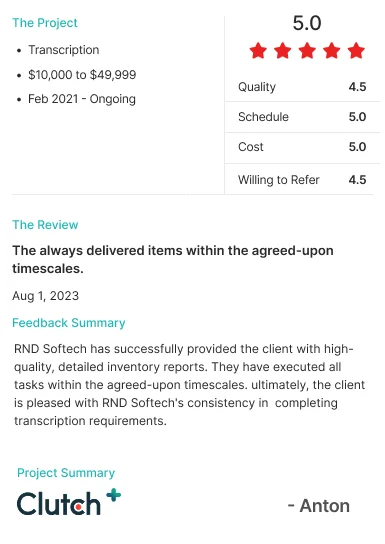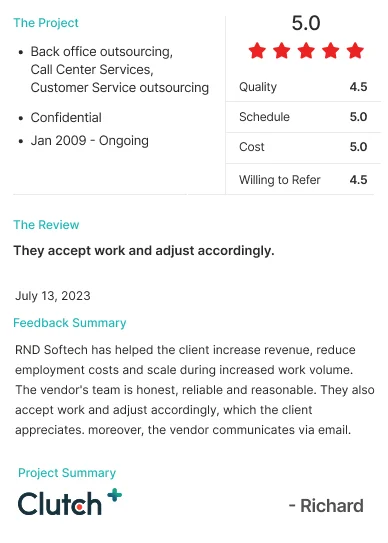Understanding Bank Reconciliation:
Definition and Purpose
-
Bank reconciliation is the process of matching the transactions recorded in your accounting system with the transactions on your bank statement. It ensures all financial activities are accounted for and helps detect discrepancies, such as missed payments or unauthorized charges.
Key Benefits
-
Fraud Detection:
Spot unauthorized transactions quickly.
-
Accurate Financial Reporting:
Reconciled accounts provide a trustworthy foundation for financial statements.
Updating Bank Entries and Invoices
The Basics of Bank Entries
Every financial transaction, whether it's an expense or income, flows into your accounting records. Keeping these entries updated is crucial for accurate reconciliation.
Best Practices for Invoice Management
-
Organize Invoices:
Group by date, client, or category for easy access.
-
Link Transactions:
Match invoices to corresponding payments for transparency.
Coding the Bank and Credit Card Entries
What is Coding in Reconciliation?
Coding involves categorizing transactions to align with your chart of accounts. Proper coding simplifies reporting and ensures compliance with accounting standards.
Steps to Code Effectively
- Use accounting software that integrates with your bank.
- Regularly review and update your categories.
Importance of Consistent Categorization
Consistent coding prevents mismatches, making reconciliation smoother and reducing the risk of errors.
Mid & Monthly Reconciliation
Why Regular Reconciliation Matters
Reconciling mid-month and monthly allows you to catch errors before they snowball into bigger issues, ensuring your records stay accurate.
Steps to Conduct Mid-Month Reconciliation
- Pull interim bank statements.
- Match transactions to your records.
- Note any differences for immediate action.
Monthly Reconciliation Checklist
- Review all transactions.
- Adjust entries for discrepancies.
- Generate a final reconciliation report
Checking for Differences and Correcting Them
Identifying Discrepancies
Discrepancies can arise from missed transactions, duplicate entries, or bank errors. Regularly review your books to identify these issues.
Rectifying Errors in Software
Modern accounting software allows you to adjust mismatched entries, add missing transactions, and delete duplicates with ease.
Tools and Software for Efficient Reconciliation
Popular Reconciliation Software
Some top tools include QuickBooks, Xero, and Wave. These platforms automate much of the process, saving time and reducing errors.
Features to Look for in Reconciliation Tools
- Bank feed integration
- Automated matching
- Customizable reports
Advanced Tips for Bank Reconciliation
Reconciling Multiple Accounts
Managing multiple accounts can be daunting. Use software that consolidates accounts into a single dashboard for easier reconciliation.
Training Your Team for Better Results
Investing in staff training ensures that everyone involved understands the importance of accurate reconciliation and can effectively use the tools provided.
Conclusion
Bank reconciliation might seem tedious, but it is a crucial step for maintaining financial accuracy. By staying consistent, using the right tools, and addressing discrepancies promptly, you can ensure your finances are always in check.

















